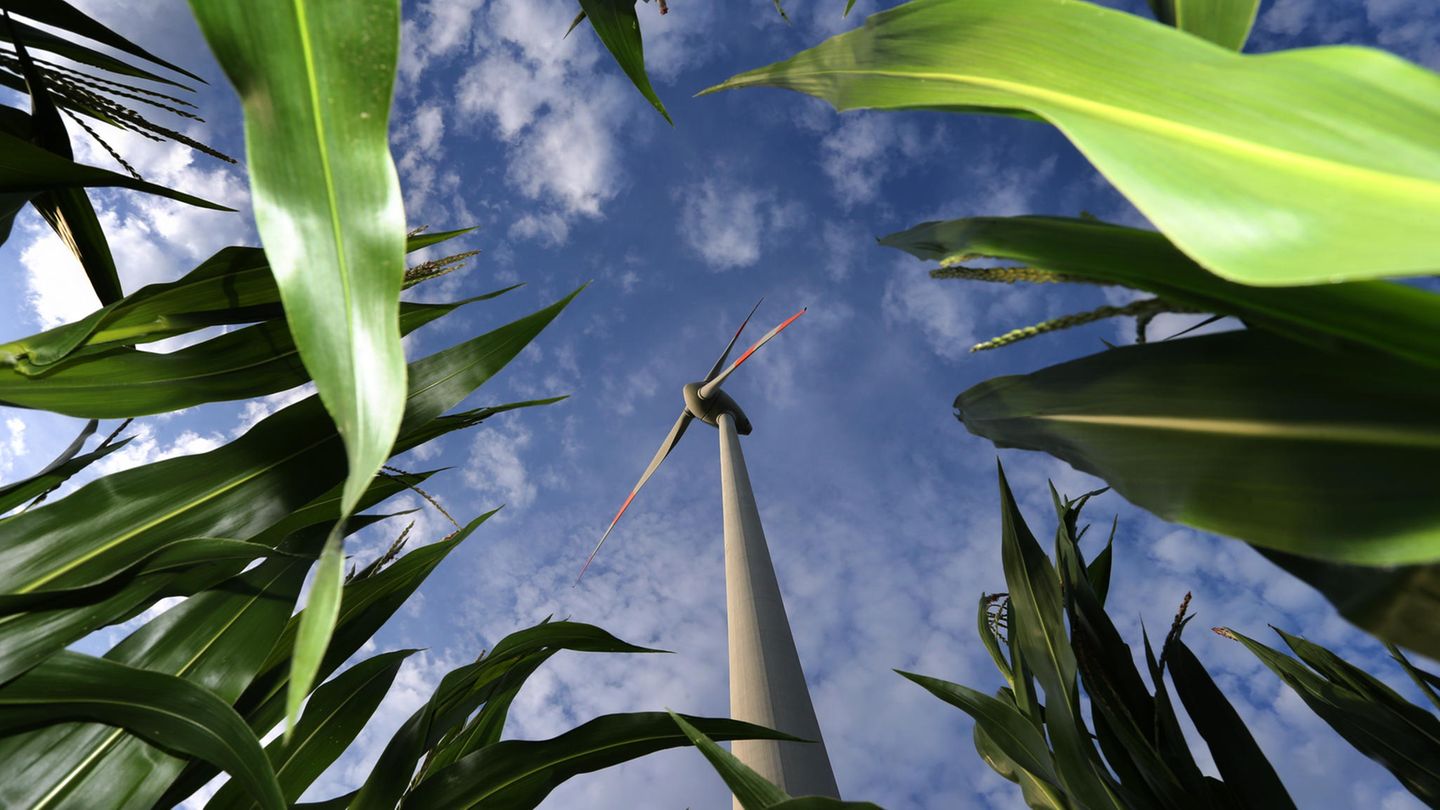Natural disasters are increasing due to climate change. Countries in the Global North now have to deal with this as well. A look at the strategies in Europe and Germany.
When asked how well Germany and the EU are prepared for climate change and its consequences, Google has an answer surprisingly quickly. A strategy paper by the EU Commission appears relatively high up. This is surprising because the simmering climate debate gives you the feeling that it is still about stopping climate change. “Because climate change started long ago, we have to make the world more resilient,” begins the . The nine-year-old document was updated in 2021. Instead of concrete strategies for adapting to climate change – as the title actually promises – it only contains an appeal to the EU states. They should deal more with the consequences of climate change, this is how the document can be summarized.
The Commission has written down exactly how this is to be done in a bureaucratic manner for the heads of state. Information, political action and cooperation is the motto. But it doesn’t get much more concrete afterwards. The EU Commission and the European Environment Agency have provided a platform for information. The aim is for heads of state and government to find out how badly their respective country is affected by the effects of climate change. Politicians, consultants and interested parties can click through a rather vaguely designed information page. A Herculean task given the mass of insignificant material, numerous links and studies that are now often outdated.
The same applies to the development of adaptation strategies. The political decision-makers should rack their brains based on the platform themselves. It remains to be seen whether Climate-ADAPT is still of great use today. Most of the documents and links compiled there date from the late 1990s to the early 10s. In addition, due to the many references to EU decisions and projects, the site reads in places more like a pure PR campaign by the Union. Content in the sense of possible solution strategies is missing.
Adaptation to climate change has long been an issue
In its strategy paper, the Commission does not say a word about how to deal with droughts, floods, heavy rain and the like. Instead, it limits itself to appealing to the international community to unite in climate adaptation and to develop appropriate strategies. All in all, the EU is trying to expand the climate knowledge among the heads of state, to provide appropriate platforms and financial aid and to promote cooperation between all states. Ultimately, however, the specific design of climate adaptation is the responsibility of the respective countries.
However, the EU cannot boast of having given the impetus for the strategy papers. The French government approved a , and Germany has had a , which has been updated twice since 14 years ago.
The third version from 2019 contains a commitment: namely that the risk assessment from 2015 does not bring any significant changes, but that too little has been done to counteract the risk situation within Germany. In view of the recent forest fires in the Grunewald and the severe flooding in the Ahr Valley, this finding may not come as a surprise, but it is all the more shocking. Only three quarters of a total of 147 measures have been implemented so far or are currently being implemented, . The conclusion: “More active participation is necessary” to carry out the measures. The fact that the adaptation strategy is implemented so sparingly is due to the fact that the departments and regions are affected differently, according to the paper. The more endangered or threatened a region, the greater the interest in the measures.
NRW as a role model for Germany?
Best example: North Rhine-Westphalia. The federal state does not want to leave it at strategy papers, but has to adapt to climate change on July 1, 2021 – two weeks before the devastating flood. The 19-point offensive envisages specific projects and measures to make the federal state climate-resilient. The consequences of climate change must therefore be taken into account in all future planning and decisions. Monitoring is intended to make climate impacts foreseeable and to be observed and evaluated by an “Advisory Board on Climate Adaptation”. This should result in a corresponding climate adaptation strategy.
However, this task is delegated to the municipalities, which in turn can search. What is interesting about the plan: While there is a separate point for concepts for dealing with dry phases, water is only discussed in connection with the development of inter-company water concepts. A few weeks later, that should have proved to be a fatal misjudgment. However, there is still no information as to whether the law has been expanded to include the relevant point.
For the whole of Germany, the Federal Environment Agency is demanding that Article 91a of the Basic Law be expanded to include the aspect of climate change adaptation. So far, this has regulated the agricultural structure. A regulation on adaptation to climate change would fit in well there. Overall, the federal government’s strategy to date is similar to the paper by the EU Commission, but is much more specific in many places. The following items are on the Federal Government’s to-do list:
- Climate damage should be observed and recorded more closely, …
- … so that so-called risk maps can be created. It should show which regions are particularly affected by droughts or floods, for example.
- The Federal Government has also taken up the cause of animal and plant protection.
- Early warning systems need to be improved.
- The heat action plans of the federal states are to be checked – a task that should theoretically be completed quickly, because there is nothing comparable in the entire Federal Republic.
- Traffic should be adapted to climate change – in other words, become greener.
- Climate impacts should also be taken into account when building houses and apartments. Among other things, buildings should be greened more.
- Models are intended to show how (previously unknown and/or exotic) infectious diseases spread.
Climate protection on paper goes further than in practice
Definitely a step forward on paper compared to the work at EU level. In both cases, however, there are no timetables for when the measures should be tackled and implemented. And in Germany, too, there are still a few tasks to be completed. Although there are already various information channels of the federal government on the subject of climate change, it is questionable whether they are used so actively by the citizens. An information campaign like the one set up during the corona pandemic would be necessary.
Meanwhile, the German federal government is trying to promote climate change adaptation projects. For this purpose, the 2016 award was announced, which awards corresponding projects every two years. Since 2018 there has also been the , which provides an overview of climate protection services.
As surprising as the research on climate change adaptation started, it ended just as surprising. Considering that so much preparatory work has already been done on paper, there are still a surprising number of gaps in practice. Nevertheless, the basis is there to be able to continue working. True to the motto of the EU Commission: “Prevent what we cannot adapt to and adapt to what we cannot prevent.”
Sources: Federal Environment Agency, German Federal Government, EU Commission, State Government of North Rhine-Westphalia
Source: Stern
David William is a talented author who has made a name for himself in the world of writing. He is a professional author who writes on a wide range of topics, from general interest to opinion news. David is currently working as a writer at 24 hours worlds where he brings his unique perspective and in-depth research to his articles, making them both informative and engaging.




